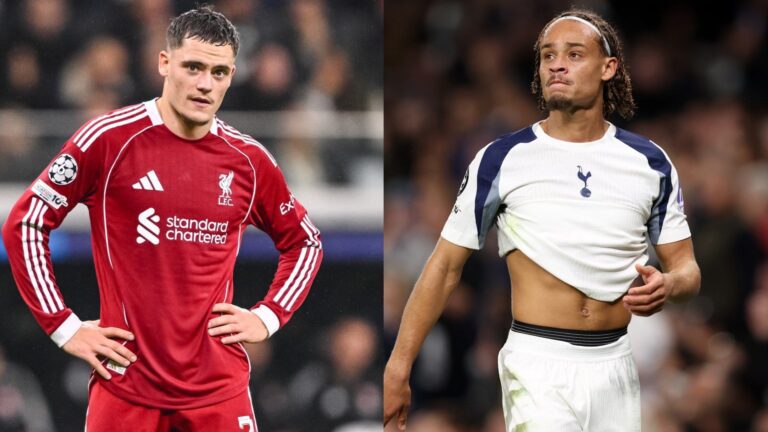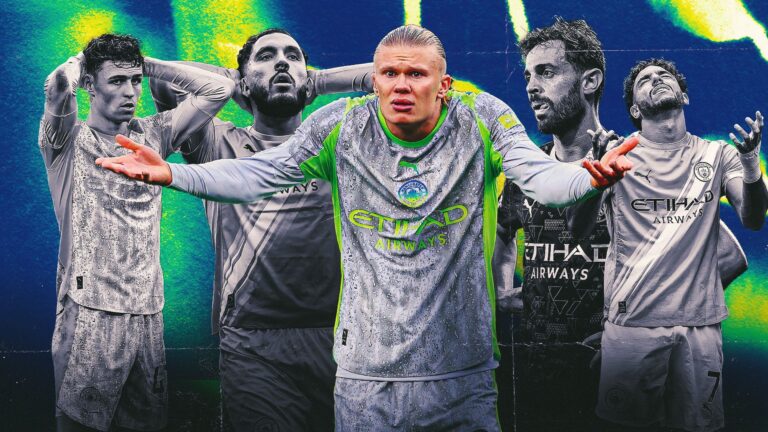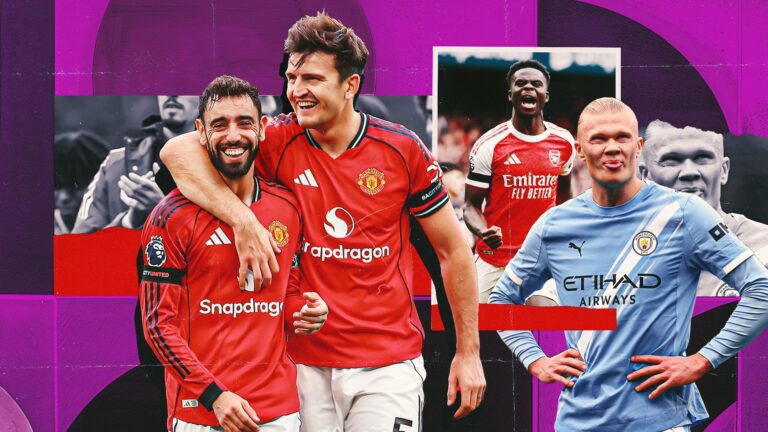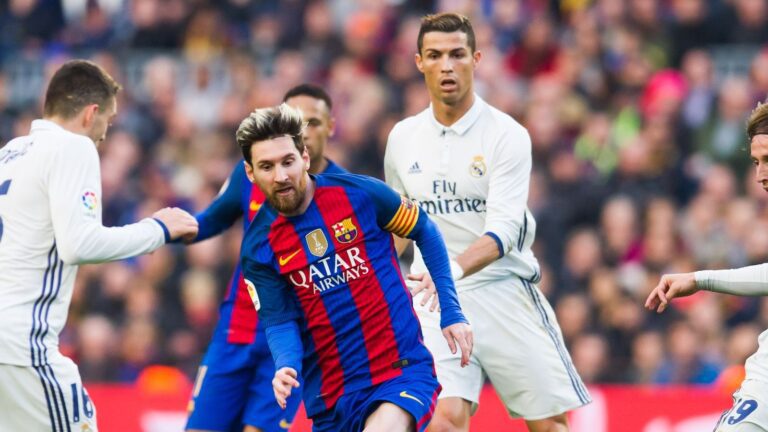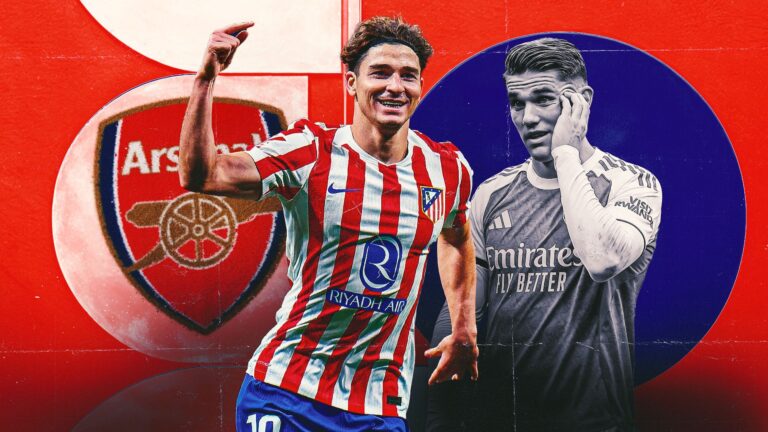Unveiling Manchester City’s Overlooked Academy Gems
In the realm of English football, Manchester City academy players have long been a topic of intrigue, with many promising prospects departing the club under Pep Guardiola’s tenure. Over his almost decade-long stint, a plethora of skilled young athletes graced the youth setup, yet most struggled to secure consistent spots in the senior lineup. Exceptions like Nico O’Reilly, Rico Lewis, and Phil Foden-the emblematic local talent-have flourished remarkably, representing a mere fraction of the total.
During Manchester City’s upcoming clash with Aston Villa, Guardiola’s team will encounter a standout example among departed stars: Morgan Rogers. Having exited City in 2023 for Middlesbrough, he has evolved into a pivotal figure at Villa and a formidable competitor to Jude Bellingham on the England national side.
The City Football Academy (CFA) has witnessed numerous talents depart and subsequently excel elsewhere, challenging the decisions made by their former club. As Guardiola noted recently, “Envision the multitude of top-tier players who departed. They possessed elite abilities but lacked opportunities in the squad. Goodness, the lineup we could field today with all those exceptional individuals trained at Manchester City’s academy now thriving elsewhere.”
Assessing Manchester City’s Choices with Academy Prospects
This analysis delves into the top performers from City’s youth system who didn’t secure a permanent role, evaluating if the club made wise decisions in letting them go.
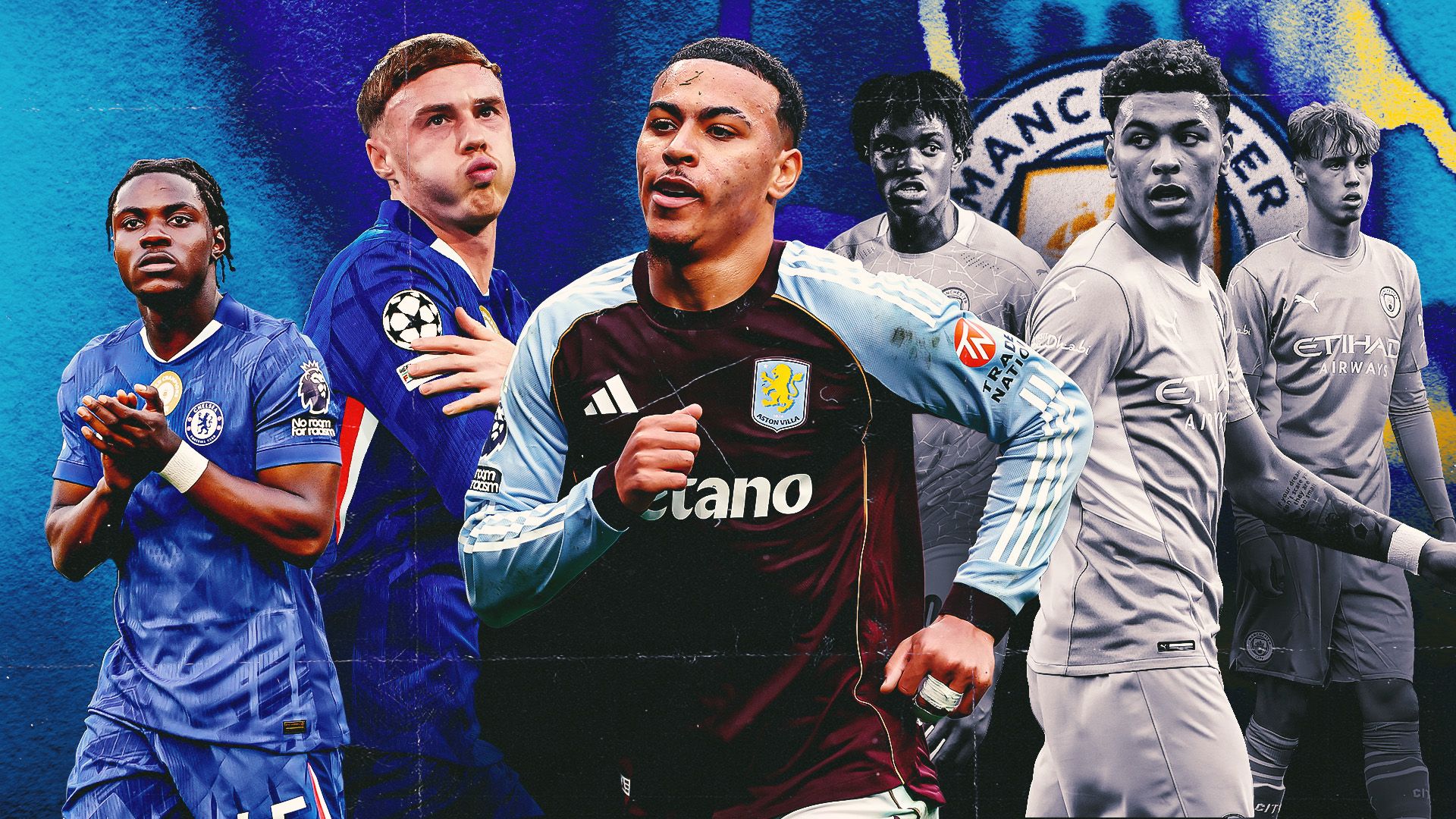
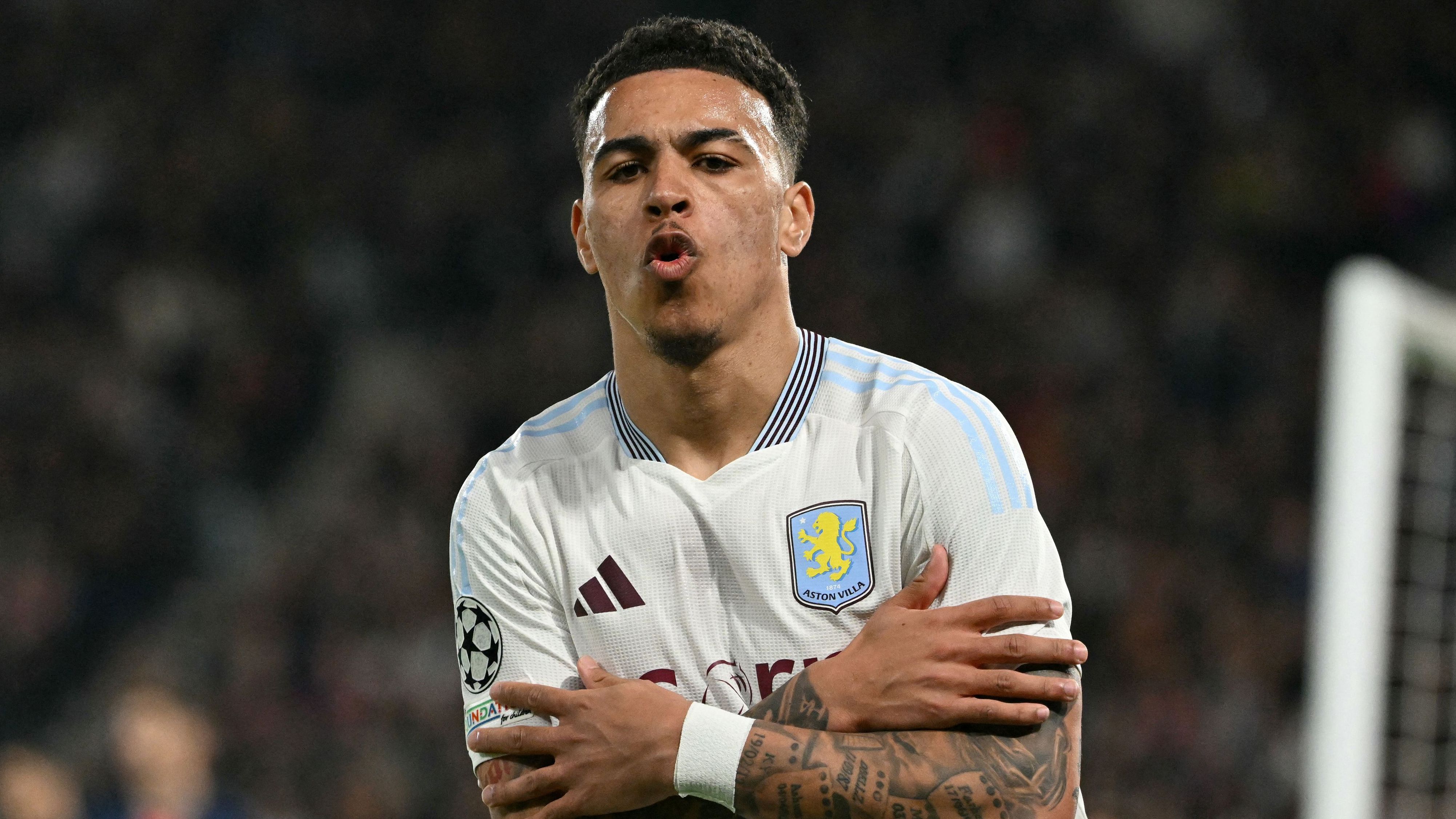
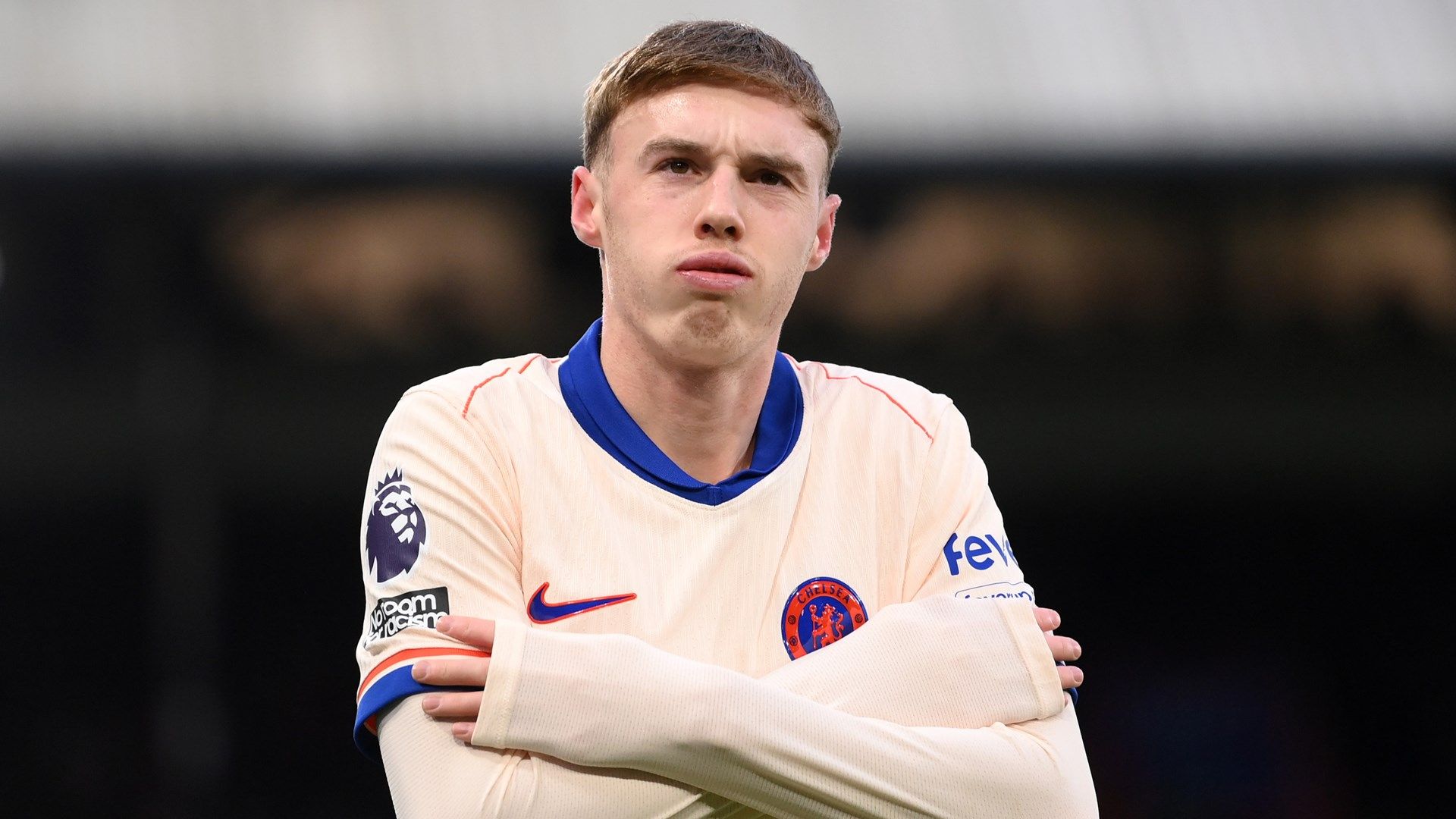
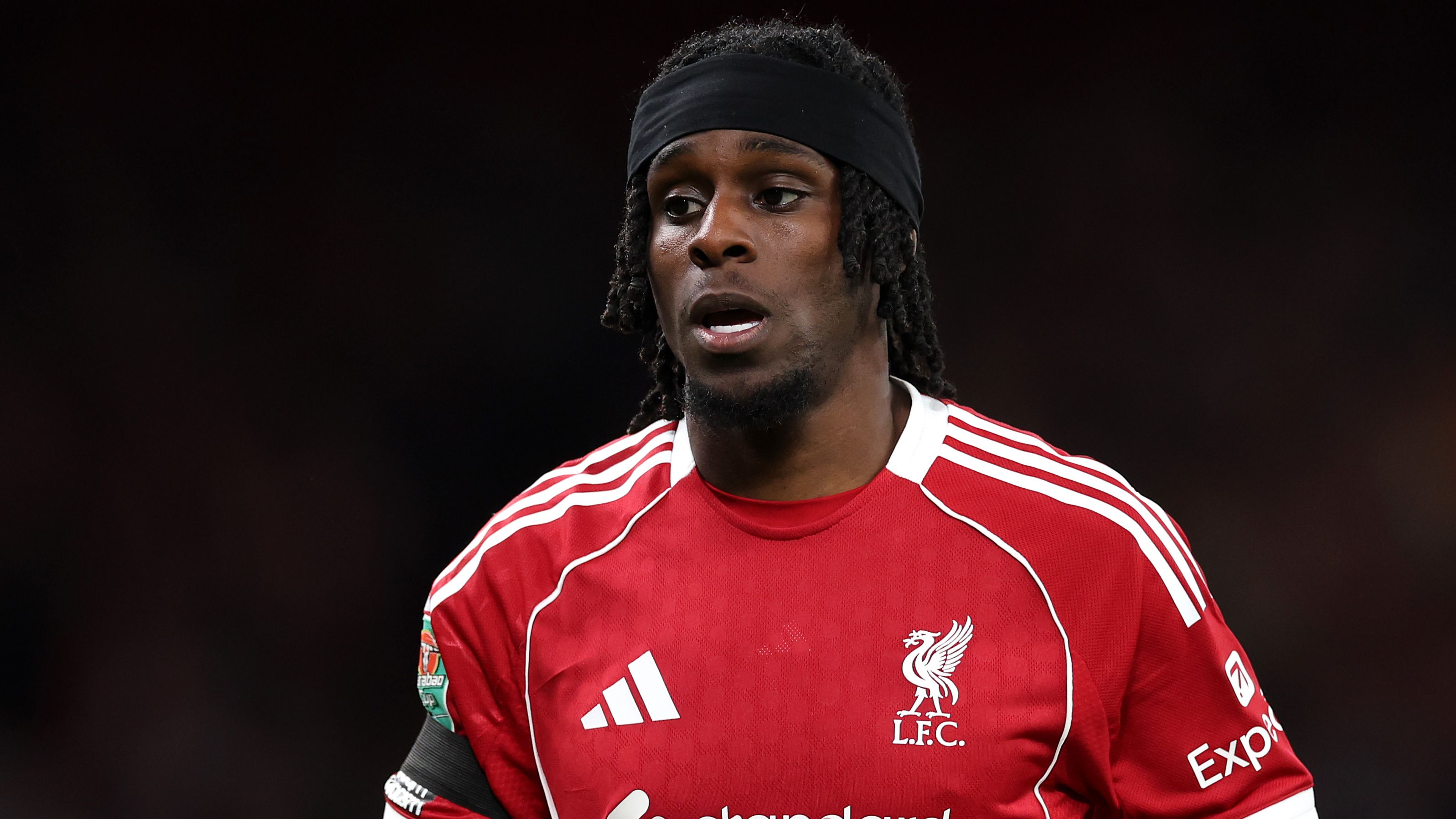
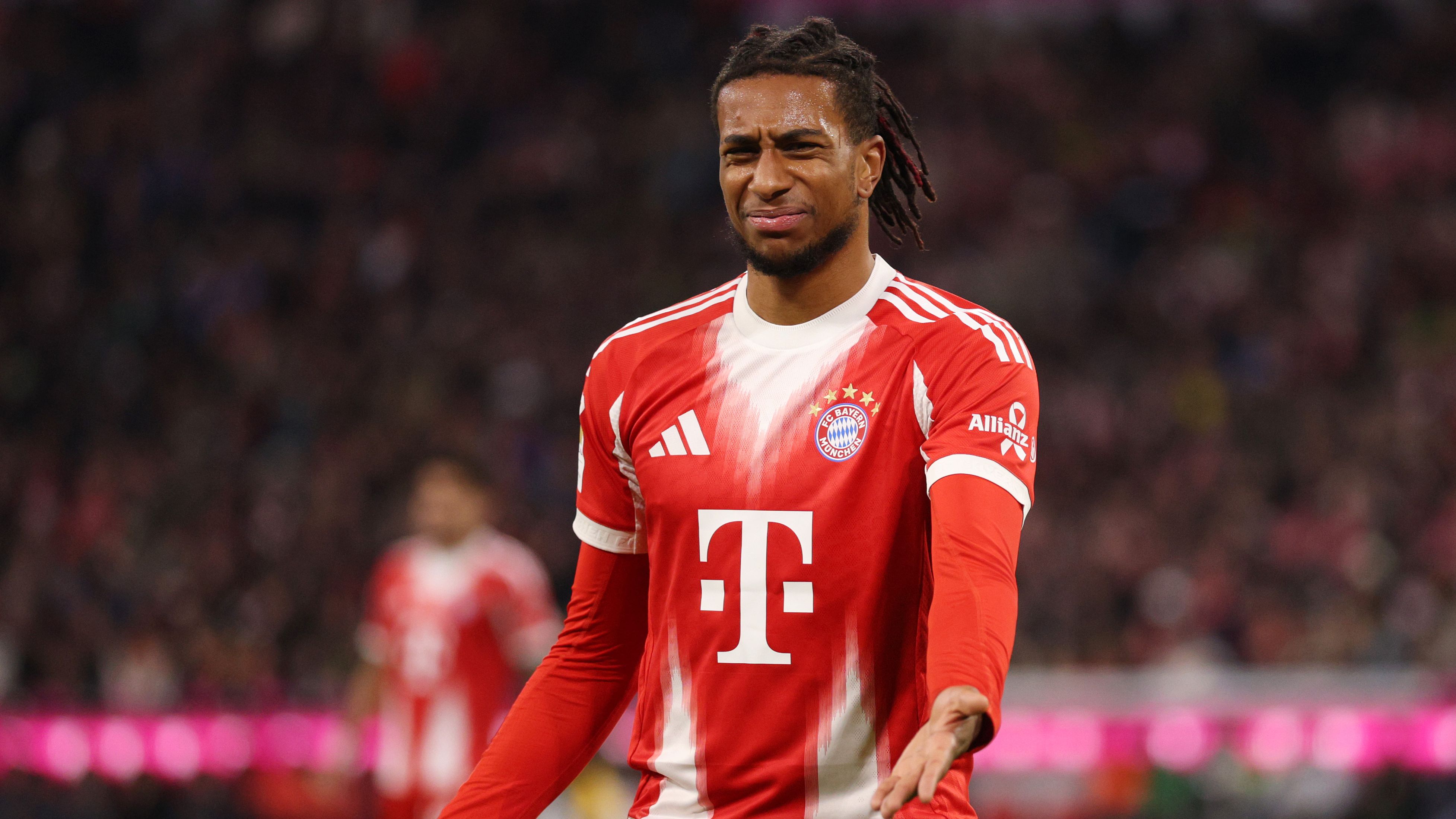


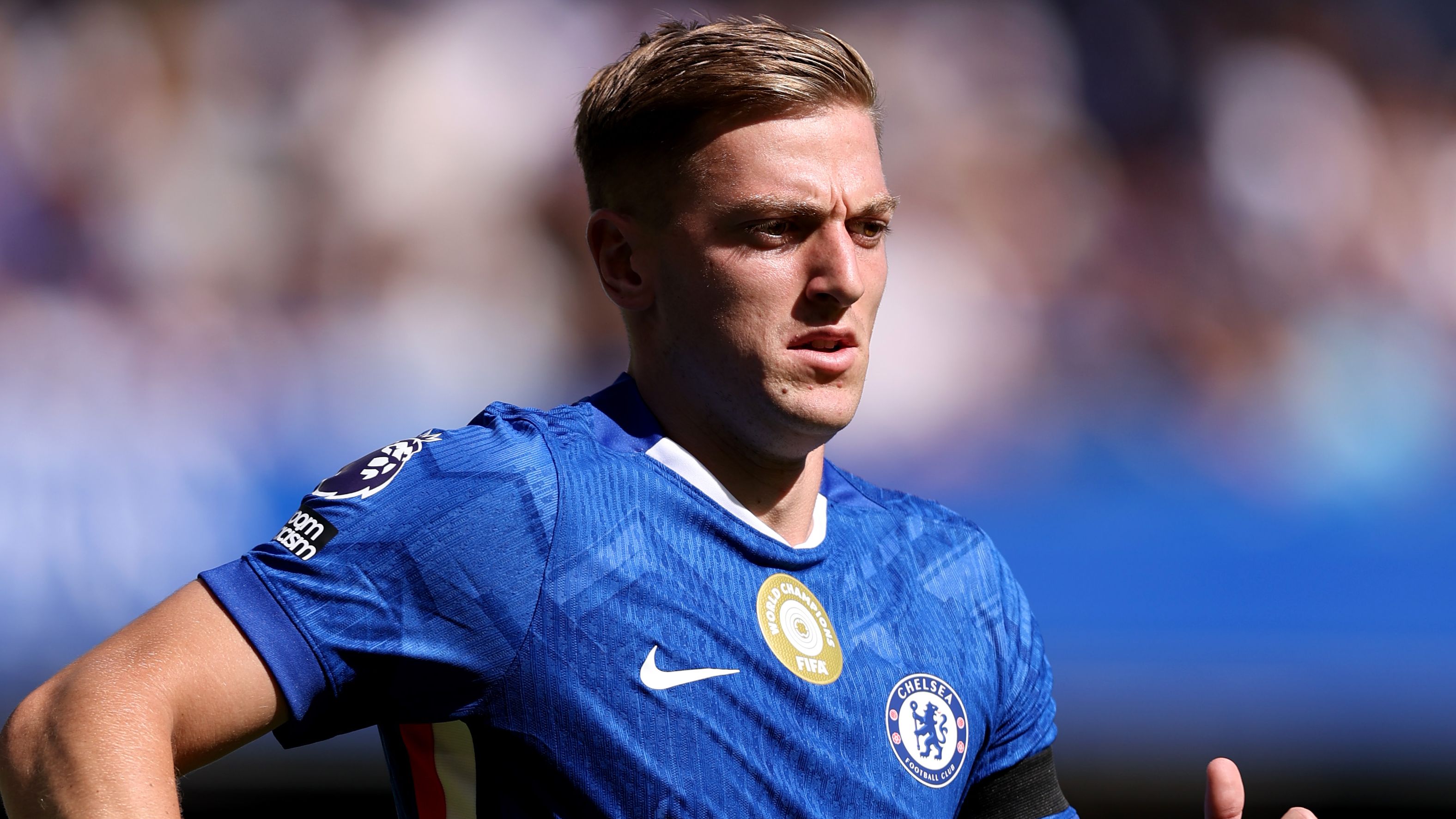

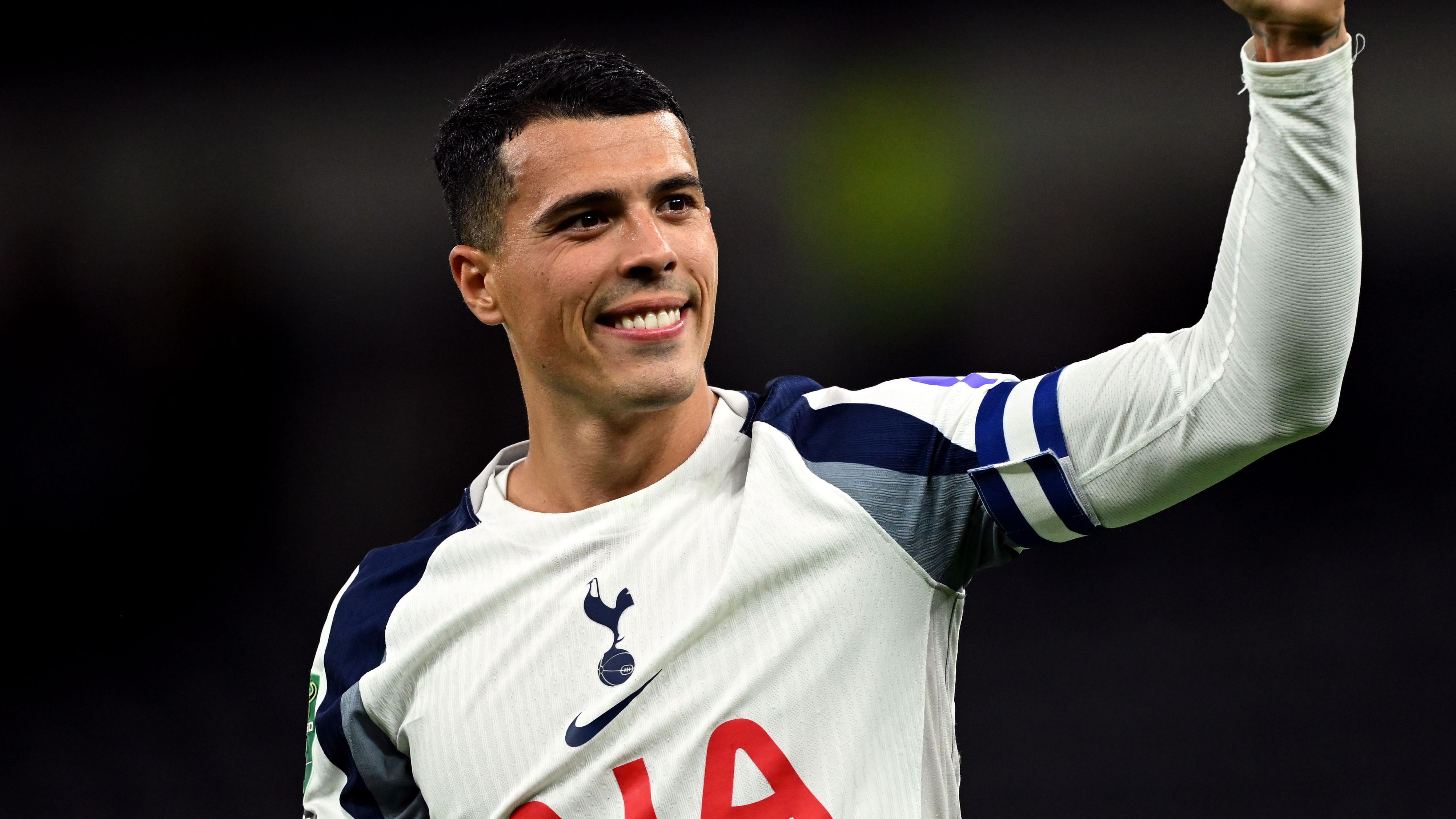
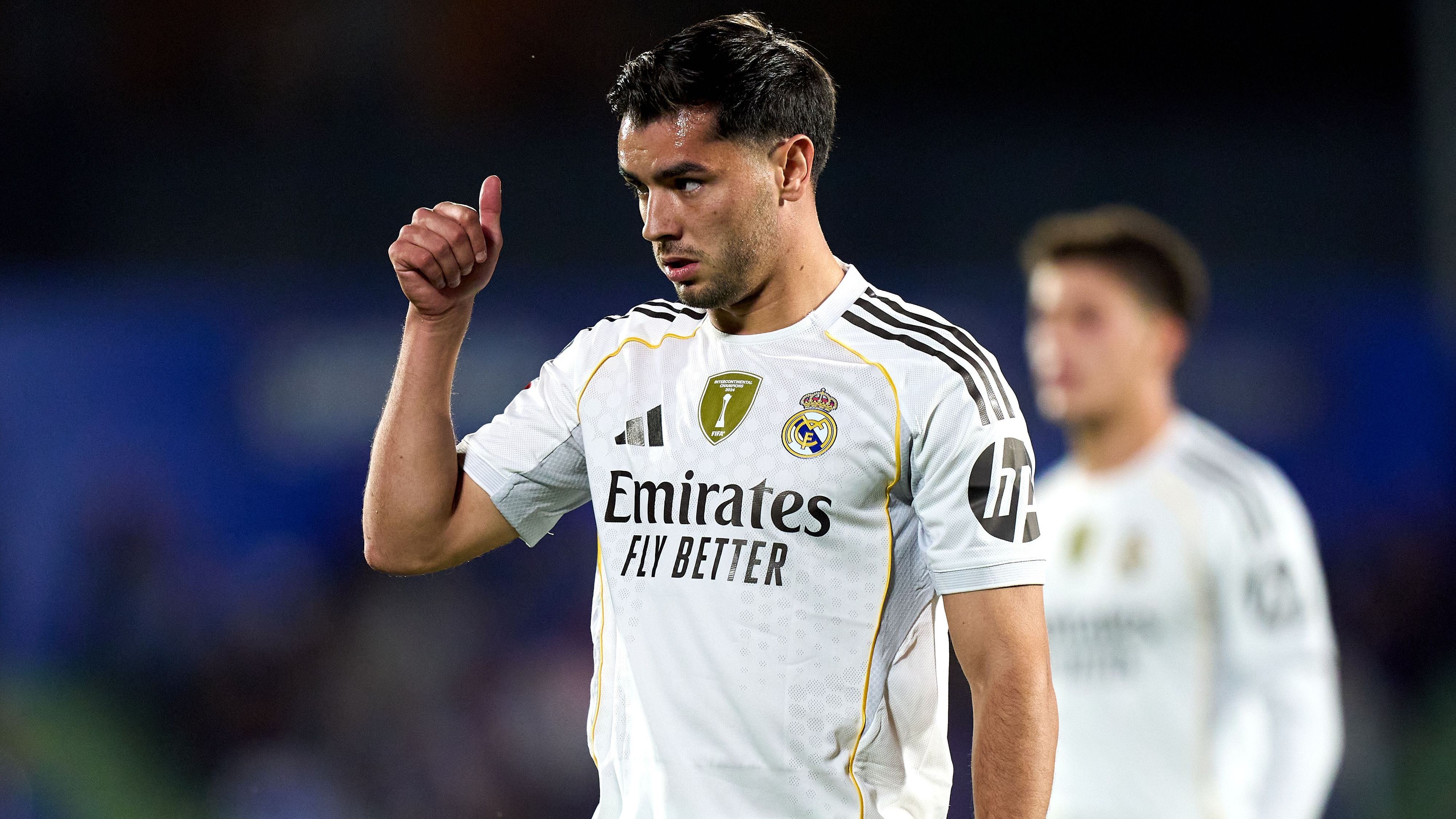
Morgan Rogers: Building a Stellar Career Post-Departure
One might ponder the shared ‘ice cold’ celebration between Rogers and Palmer-stemming from their tight bond as academy mates from 2019 to 2021, including their joint goals in the 2020 FA Youth Cup final versus Chelsea. Undeniably, Palmer outshone everyone at that stage. Rogers, positioned on the alternate flank, participated in fewer matches and had a lower impact, assisting in only 12 goals overall.
In contrast, Palmer received quick promotion to the first team, while Rogers embarked on loans to League One outfits like Lincoln City and Blackpool, followed by Bournemouth in the Championship, prior to his 2023 move to Middlesbrough. These experiences transformed him into the standout performer who claimed the PFA Young Player of the Year accolade in his debut full season at Villa.
Though City might wish for the polished version of Rogers today, his exit faced little scrutiny back then. Rogers himself conceded, “I simply wasn’t up to par. I wasn’t prepared, not the individual they anticipated I’d become-it wasn’t the ideal timing for either party.”
Verdict: Hit
Cole Palmer: The Elusive Star Manchester City Let Slip
Among 21st-century City academy alumni, Cole Palmer stands as the most regrettable loss. Unlike others who blossomed post-exit, Palmer was already excelling while still with City, and the club was fully aware of his capabilities.
Across 61 outings for the Under-18s and Under-21s, he netted 42 goals and created 19 more, boasting a goal contribution every 185 minutes, even with most starts from the bench. Just before his transfer to Chelsea, where he dazzled with evidence, scoring in two of his last three appearances for City in the Community Shield and UEFA Super Cup.
Few fans grumbled about the £42 million transfer fee, as his rapid ascent at Chelsea-featuring 22 Premier League goals and 11 assists in his initial year-caught many off guard. Palmer could have succeeded Kevin De Bruyne at the Etihad, stepping in as a dynamic winger to replace Riyad Mahrez, and inspiring fan pride akin to Foden’s rise as a homegrown sensation.
Verdict: Miss
Jeremie Frimpong: Overcoming Early Setbacks
Relocating from Amsterdam to Manchester at seven with his family, Jeremie Frimpong joined City’s academy two years later. He spent nine years there but felt constrained, often competing in a younger age category.
In 2019, during contract talks, he was advised he lacked the size and strength for the first team and was benchmarked against more advanced peers. Opting for Celtic instead, he gained regular playtime and morphed into the dynamic right-back seen today.
As he played a crucial part in Bayer Leverkusen’s 2024 Bundesliga triumph, City supporters began questioning their oversight. This doubt intensified with the team’s right-back inconsistencies, exacerbated by Kyle Walker’s decline, leading to Frimpong’s £29.5 million transfer to Liverpool.
Verdict: Miss
Michael Olise: From Rejections to Bundesliga Brilliance
Quiet by nature, Michael Olise has made his mark through on-field prowess. Once turned away by giants like Arsenal, Chelsea, and City, he now shines at Bayern Munich, regularly setting up goals for Harry Kane.
Joining City at 15 after Chelsea’s rejection, he didn’t progress and moved to Reading, where he quickly excelled and joined their first team within two years, dominating in the Championship.
Crystal Palace acquired him for £8 million, a steal considering his later £52 million sale to Bayern. In his inaugural season there, Olise recorded 17 goals and 17 assists en route to the Bundesliga title, continuing his form this year and leaving clubs like City to reflect on their misjudgment.
Verdict: Miss
Jadon Sancho: A Career of Highs and Lows
Jadon Sancho’s brief two-year spell at City marked his evolution from a promising youth to a potential icon, having transferred from Watford. Pairing with Foden, he dominated U18 matches against foes, including his eventual club Manchester United, but grew discontent when omitted from the first team’s US tour in 2017.
His frustration led to skipped sessions and an £8 million deal to Borussia Dortmund without senior play for City. In Germany, he emerged as a global sensation, with 17 goals and 17 assists in one season, culminating in a £74 million move to United, netting City an extra £10 million from a clause.
While his Dortmund success raised eyebrows about City’s choice, his subsequent English stints-struggles at United, a lackluster Chelsea loan, and limited Aston Villa action-have affirmed the club’s stance.
Verdict: Hit
Jamie Gittens: Following a Familiar Path
Unlike Olise, Jamie Gittens entered City’s ranks at 14 from Reading’s youth teams. Admired by coaches, he grew restless after witnessing Sancho’s career boost via Dortmund.
Moving to Dortmund the same summer as Jude Bellingham, Gittens shared the locker room with Erling Haaland for two years. He gradually broke through, delivering 12 goals and five assists last season, earning a £52 million Chelsea transfer. Yet, his English return mirrors Sancho’s, with a sluggish start at Stamford Bridge, featuring in just two league starts under Enzo Maresca.
Verdict: Hit
Liam Delap: A Striker’s Journey Beyond City
As the offspring of Stoke City’s renowned long-throw expert Rory, Liam Delap joined City in 2019 at 16, scouted by academy chief Joe Shields, who also recruited talents like Sancho and Gittens. Delap featured in the Youth Cup-winning squad with Palmer and Rogers and advanced to the U23s at 17, eventually earning first-team opportunities from Guardiola.
Guardiola praised in 2022, “He’s the striker type we lack-a classic British finisher with exceptional qualities, distinct from our current options.”
An ankle injury post-debut sidelined him for five moths, during which City signed Haaland. Delap then underwent three Championship loans before a £20 million sale to Ipswich Town, where he demonstrated Premier League prowess, leading to a £30 million Chelsea move. Despite an early injury there, City’s goal-scoring strength via Haaland justifies their decision.
Verdict: Hit
Romeo Lavia: Quick Rise and Strategic Sale
Arriving from Anderlecht at 16, Romeo Lavia quickly impressed, moving to the U23s and debuting in Guardiola’s first team via the Carabao Cup within a year. City opted to sell him in 2022, along with three others to Southampton, pocketing £14.5 million, and later £10 million more when Chelsea bought him for £58 million.
Lavia’s Chelsea tenure began with injury woes, limiting him to 32 Premier League minutes initially, and he’s since remained a bench option. Thus, City stands by their timely move.
Verdict: Hit
Pedro Porro: A Missed Opportunity in Defense
Pedro Porro exemplifies several City acquisitions who never integrated into the first team, scarcely training with them. Acquired from Girona in 2019 for £11 million, he was loaned to Real Valladolid immediately, then to Sporting CP with a £7 million buy option.
Sporting activated it, resulting in City’s £4 million loss. Porro later joined Tottenham, where he initially faltered but has become a top Premier League full-back, especially as City seeks defensive stability. His performances, including key roles in Tottenham’s victories over City, underscore this.
Verdict: Miss
Brahim Diaz: A Calculated Departure
Brahim Diaz logged just 50 Premier League minutes for City, yet that sufficed for Real Madrid to secure him for £15 million. The jump proved premature, as he battled for playing time in Madrid over the next 18 months.
A loan to AC Milan saw him contribute significantly to their 2022 Serie A win, and upon returning, he became a dependable Madrid substitute. Though he scored against City in a Champions League match, few believe it was an error to let him go.
Verdict: Hit
The Players in Question
When we talk about Manchester City’s academy prospects, names like Morgan Rogers and Cole Palmer often come to mind as prime examples of the club’s youth production line. These players, honed in the Etihad’s youth setup, represent the potential and promise that academies strive for. Morgan Rogers, a versatile forward, was part of City’s youth ranks before moving on, while Cole Palmer emerged as a creative force, showcasing his skills in the Premier League before his departure. Other academy talents, such as Phil Foden’s peers or even earlier sales like Jadon Sancho, highlight a pattern in Manchester City’s approach to managing homegrown stars.
This strategy of selling promising players raises questions about youth development in modern football. Keywords like “Manchester City academy prospects” and “selling young talents” are central to understanding how clubs balance immediate success with long-term growth.
Reasons Behind the Sales
Manchester City’s decisions to sell players like Rogers and Palmer aren’t made lightly; they’re often driven by a mix of financial pressures and strategic squad planning. Financial Fair Play (FFP) regulations play a huge role, as clubs must manage their budgets to avoid sanctions. Selling academy graduates provides pure profit, helping City reinvest in high-profile signings or infrastructure.
From a tactical standpoint, the club boasts a star-studded squad, making it tough for young players to break through. With superstars like Kevin De Bruyne and Erling Haaland dominating, prospects might seek regular playing time elsewhere. This is where moves like Rogers’ transfer make sense – it’s about giving talent the opportunity to flourish, even if it means waving goodbye early.
Pros of Selling Academy Prospects
Selling players from the academy isn’t all downside; in fact, it can be a smart business move. Here are some key benefits:
- Financial Boost: Deals for players like Cole Palmer fetched Manchester City substantial fees, which can be reinvested into scouting new talents or upgrading facilities. For clubs like City, this aligns with “Premier League youth sales strategy,” ensuring sustainability under FFP.
- Squad Optimization: By offloading promising but underutilized players, the club creates space for emerging stars. Think of it as streamlining the roster – Morgan Rogers’ sale opened doors for others to step up.
- Player Development Opportunities: Sometimes, a change of scenery is best for growth. Palmer’s success at Chelsea shows how these sales can lead to breakout performances, benefiting both the player and the league’s overall competitiveness.
- Long-Term Revenue Streams: Academy sales build a pipeline of profit. If a player like Rogers excels elsewhere, it enhances City’s reputation for producing top-tier talent, attracting more young prospects to the academy.
This approach has helped Manchester City maintain dominance while keeping their finances in check, making “academy player sales” a buzzworthy topic in football circles.
Cons of Selling Academy Prospects
On the flip side, offloading homegrown stars can sting, both for fans and the club’s future. It’s like letting go of family – you hope it works out, but there’s always risk involved.
- Losing Potential Stars: Cole Palmer’s rapid rise at Chelsea, where he’s been lighting up the Premier League, makes you wonder if City missed out on a world-class player. Similarly, if Morgan Rogers continues to shine at Aston Villa, it could highlight a missed opportunity in City’s lineup.
- Fan Discontent: Supporters often feel a strong connection to academy graduates, viewing them as the heart of the club. Frequent sales might erode that bond, leading to debates around “Manchester City youth development failures” on social media and forums.
- Long-Term Impact on Team Identity: Over-relying on sales could weaken the club’s ability to build a cohesive, homegrown core. While City has success with big buys, a balanced mix of academy and external talent fosters a unique club culture.
Issues like these spark conversations about whether “selling academy prospects too early” hinders sustained success in European competitions.
Case Studies: Rogers and Palmer
Morgan Rogers’ Career Path
Morgan Rogers’ journey from Manchester City’s academy to his current role at Aston Villa offers a textbook example of a promising talent seeking greener pastures. After limited opportunities at City, Rogers found his footing elsewhere, adapting quickly and contributing goals and assists. This move underscores the challenges of breaking into a top-tier squad, but it also poses the question: Could City have nurtured him better?
Cole Palmer’s Rise at Chelsea
Cole Palmer’s transfer to Chelsea in 2023 has been nothing short of spectacular. Once a peripheral figure at City, he’s now a key playmaker, racking up impressive stats and earning individual accolades. His success illustrates the potential downside of City’s sales strategy – what if Palmer had stayed and become a mainstay? Yet, the financial windfall from his sale allowed City to strengthen other areas, showing the double-edged sword of such decisions.
Manchester City’s Youth Development Strategy
At its core, Manchester City’s academy is a well-oiled machine, focusing on technical prowess and tactical awareness. The club invests heavily in facilities and coaching, producing players who fit Pep Guardiola’s high-press style. However, the strategy emphasizes monetizing assets when they don’t fit immediate plans, which is common among “elite Premier League academies.”
This approach isn’t unique – rivals like Liverpool and Arsenal have similar models – but for City, it’s amplified by their winning mentality. By blending youth sales with strategic buys, they aim for dominance, though it raises ethical questions about loyalty in modern football.
Was It the Right Move? Analysis
Evaluating these sales requires weighing short-term gains against long-term regrets. For Morgan Rogers and Cole Palmer, the moves have paid off for the players, but City gained financially and maintained flexibility. Still, if these prospects evolve into superstars elsewhere, it might prompt a rethink of City’s youth retention policies.
Factors like market value, player potential, and squad needs influence such decisions, making “Manchester City player sales evaluation” a hot topic for fans and analysts alike. Ultimately, the proof is in the pudding – as City continues to chase trophies, these choices could be seen as shrewd or shortsighted, depending on future outcomes.


